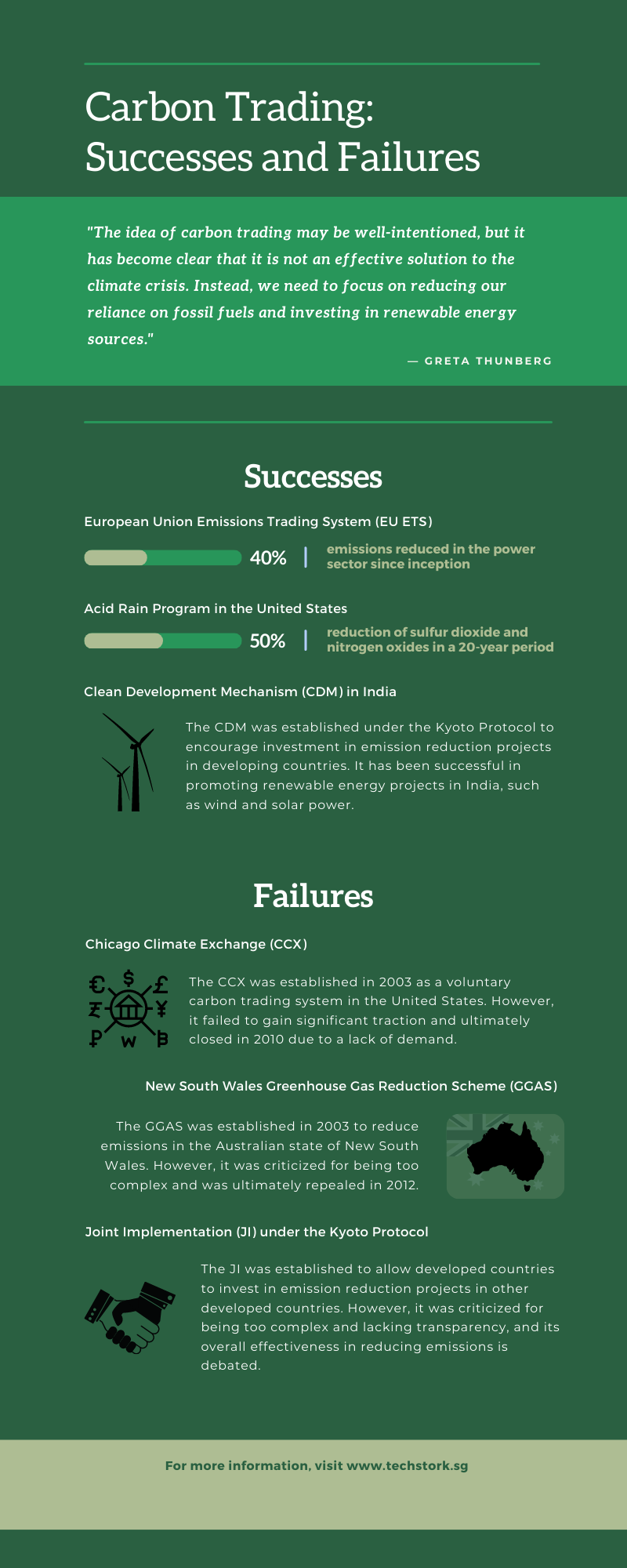Contents:
Monetizing carbon emissions has been a controversial topic for many years. On one hand, it provides a financial incentive for companies to reduce their carbon emissions, which can help combat climate change. On the other hand, some argue that it could lead to companies simply buying their way out of reducing their emissions and continuing to pollute.
What Is "Monetising Carbon Emissions"?
Monetizing carbon emissions refers to the process of assigning a monetary value to the amount of carbon dioxide and other greenhouse gases that a company or individual emits. This is done through carbon pricing mechanisms such as carbon taxes or cap-and-trade systems.
Carbon Taxes and Cap-and-Trade: The Two Main Mechanisms
Carbon taxes are a form of carbon pricing where a tax is placed on each unit of carbon emitted. This tax is designed to make it more expensive for companies to emit carbon, thus encouraging them to reduce their emissions. Cap-and-trade systems, on the other hand, involve setting a cap on the total amount of carbon that can be emitted within a certain time frame. Companies are then given a certain number of carbon credits that they can trade with other companies. This creates a market for carbon emissions, where companies can buy and sell carbon credits.
The Pros of Monetizing Carbon Emissions
Proponents of monetizing carbon emissions argue that it is a necessary step in combating climate change. By assigning a financial value to carbon emissions, companies are given an incentive to reduce their emissions in order to avoid paying taxes or having to buy carbon credits. This can help drive innovation in renewable energy and other low-carbon technologies, as companies seek to reduce their emissions in order to stay competitive.
The Cons of Monetizing Carbon Emissions
Critics, however, argue that monetizing carbon emissions may not be an effective solution to combating climate change. They argue that companies may simply buy their way out of reducing their emissions, rather than actually taking steps to reduce their carbon footprint. This could lead to a situation where emissions continue to rise, despite the financial incentives to reduce them.
Has Carbon Trading Helped?

So.. What's Next?
Monetising carbon emissions is a complex issue with both benefits and drawbacks. While it may provide a financial incentive for companies to reduce their emissions, it may also lead to companies simply buying their way out of reducing their emissions. Ultimately, the effectiveness of carbon pricing mechanisms will depend on the specific details of the system in question, and on the broader political and economic context in which it is implemented.
Companies and governments have to take other factors into consideration when implementing carbon trading systems. One major concern is the potential impact on vulnerable communities and low-income households. Carbon pricing mechanisms such as carbon taxes and cap-and-trade systems can increase the cost of energy, which can disproportionately affect low-income households. In order to address this issue, some carbon pricing systems include measures to protect vulnerable communities, such as rebates or exemptions for low-income households.
Another important factor to consider is the potential for carbon leakage, where companies may simply relocate to areas with lower carbon pricing or environmental regulations in order to avoid higher costs. This can undermine the effectiveness of carbon pricing mechanisms and lead to a shifting of emissions rather than a reduction. As such, any carbon trading system must be carefully designed to balance environmental goals with economic and social considerations.





Add Comment
Comments (0)